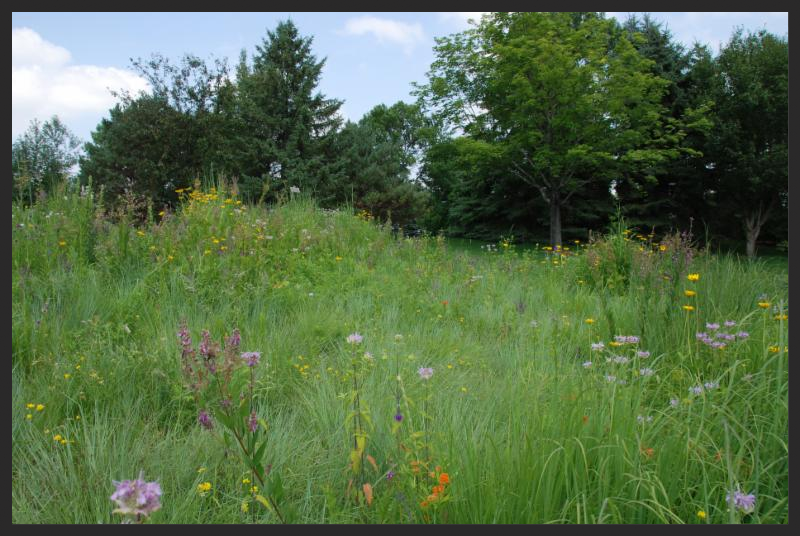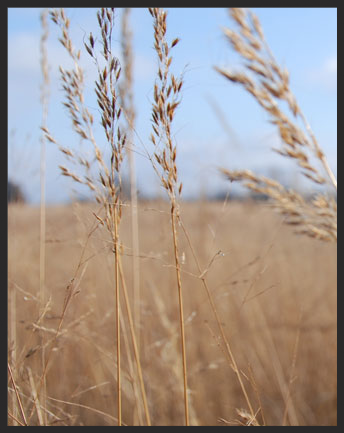What the Heck are C3 and C4 plants?
Thinking way back to the glory days of college, one of my first plant courses was in the University of Minnesota's Borlaug Hall. I had the pleasure of being taught by a rough and salty botany professor, always over-caffeinated and totally pumped, ready to share the virtues of C3 and C4 plants. Even the seasoned grad students would take note when he preached - eloquently breaking down photosynthesis and its complex biochemical processes. So let's take a quick look at primary production and Minnesota native plants.
 |
|
Minnesota native prairie plants
|
As we learned in high school, plants are able to take energy from sunlight, water and carbon dioxide, and through photosynthesis, produce chemical energy in the form of carbohydrates. College went a bit deeper, and we learned of two types of photosynthesis: C3 and C4 (there is also "CAM" but we will hold off on this one for now).
C3 plants simply take CO2 and first incorporate it into a 3-carbon compound. Photosynthesis takes place throughout the leaves. These plants are very efficient under cool, moist conditions, and under normal light. Most plants fall under the C3 category.
C4 plants are more evolved. They use CO2 and first incorporate it into a 4-carbon compound. Photosynthesis takes place in inner cells and is more complicated. A special enzyme moves CO2 efficiently through the plant and then it is used in photosynthesis. Because of this, C4 plants are more productive in high light and temperature conditions, and use less water.
 |
|
Warm season Indian Grass.
|
So who are the big C4 players in Minnesota plant
communities? If you are thinking sunny, hot and dry in the summer, you are in the right habitat. "Warm-season" prairie grasses (C4), species like big and little bluestem, Indian grass, and switchgrass, have evolved to take advantage of hot summer days with limited rainfall. Also, these species often dominate in the sunnier and dry areas of oak savannas and shoreline buffers.
 |
|
Cool season Bottlebrush Grass.
|
Cool season grasses (C3),
species like Canada rye, June grass, bottlebrush grass, and prairie brome, often take advantage of higher soil moisture levels with some shade. Most prairie forb species are C3 plants. They are able to cope with drier conditions in the summer due to their very deep root systems.
How plants process carbon plays into ecological restoration. When putting together restoration plans, we consider what type of invasive species we are dealing with, and what sort of natives, warm season (C4) and cool season (C3) species we will introduce. When plants start actively growing is an important consideration in planning.
 |
|
Species adapted to shade and wet conditions
|
Back in school, it took a while for me to figure out the connection. That gritty botany professor was handing out pearls. Those geeky plant production lessons with all of the C3 and C4 diagrams were actually helping us to build our base of ecological restoration knowledge.